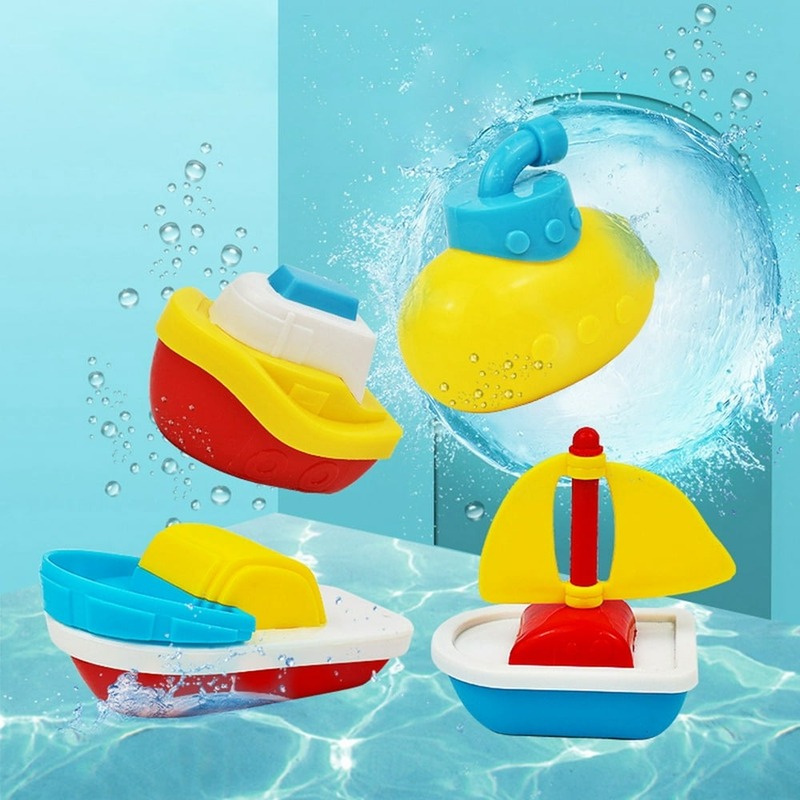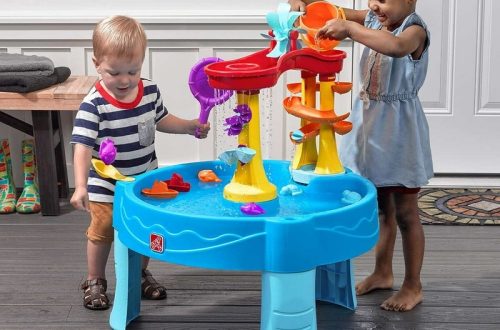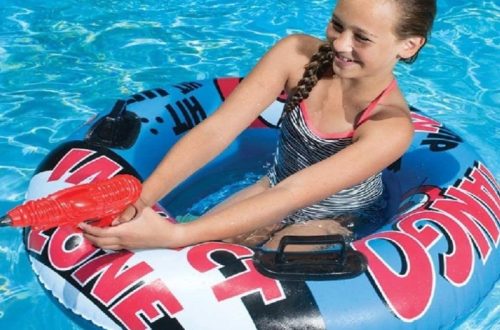Introduction to Water Toy Safety
Engaging in water play is a joy for children of all ages. Water toys can enhance this experience, offering both fun and developmental benefits. However, safety is paramount when it comes to any activities involving water. As a responsible parent or caregiver, it is vital to be aware of certain precautions to ensure a secure environment for play.
First, always choose water toys that are suitable for the child’s age and skill level. Ensure that these toys come with safety features, such as non-toxic materials and proper flotation devices. It’s also crucial to regularly check for any recalls or safety alerts regarding the water toys you have at home.
Second, close supervision is a must. Whether at the pool, beach, or bathtub, an adult should always be present to monitor water play. This helps prevent accidents and provides the assurance that help is readily available if needed.
Additionally, be mindful of the surroundings. Create a play area that is free from hazards such as sharp objects, slippery surfaces, and electrical equipment. Educate children on the safe use of water toys and the importance of following rules during water play.
Remember, even familiar toys can present risks in a water environment. Therefore, always inspect water toys for damage or wear before use. Broken or defective toys should be repaired or discarded to avoid potential harm.
By keeping these considerations in mind, water play can be a safe and delightful activity for the entire family. Stay tuned for more specific guidelines on identifying age-appropriate water toys, essential safety features, and more tips to maintain a secure water play environment.
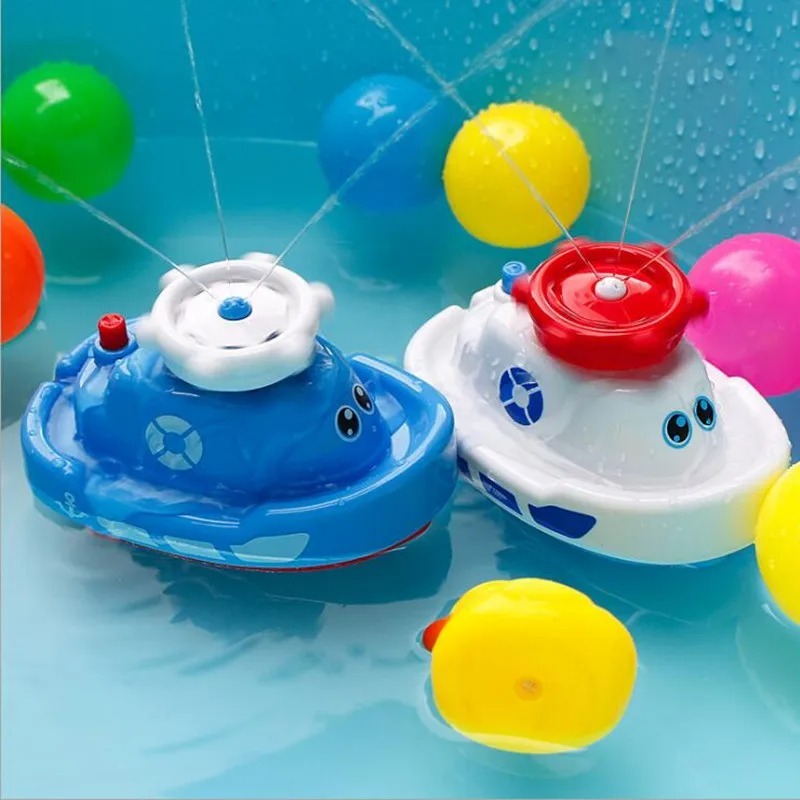
Identifying Age-Appropriate Water Toys
Selecting the right water toys is crucial for your child’s safety and enjoyment. Here are some key points to consider:
- Check Age Recommendations: Look for the manufacturer’s age recommendation on the packaging, which usually reflects the safety and skill level required for the toy.
- Understand Skill Levels: Choose toys that match your child’s current swimming ability and developmental stage. Avoid toys that could be too challenging or overly simplistic.
- Avoid Small Parts for Young Children: Water toys with small parts can be a choking hazard for toddlers and infants. Opt for larger, one-piece toys without detachable components.
- Consider the Size and Weight: The toy should be appropriately sized so that the child can handle it easily in water without risking fatigue or loss of control.
- Examine the Complexity: The complexity of the toy should align with your child’s cognitive abilities. Simple toys are better for younger children, while older kids might enjoy more complex play features.
- Account for Physical Limitations: If your child has physical limitations, make sure the chosen toy does not put them at a disadvantage or increase their risk of injury.
- Look for Growth Potential: It can be beneficial to select toys that offer a degree of adaptability as your child’s skills progress.
When shopping for water toys, incorporating these guidelines will help promote a safe and suitable play experience. Constant reassessment of your child’s capabilities and toy appropriateness is essential as they grow and develop.
Essential Safety Features in Water Toys
Selecting water toys with essential safety features is a crucial step to ensure children’s safety. Here’s what you should look for:
- Non-Toxic Materials: Choose toys made from materials that are safe and free of harmful chemicals.
- Proper Flotation: Ensure that floatation devices are built-in or included with the toy for added safety.
- Safety Valves: On inflatable toys, check for child-safe valves that prevent accidental deflation.
- Durable Construction: Opt for water toys that are sturdy and can withstand rough play without breaking.
- Bright Colors: Brightly colored toys are easier to spot, reducing the risk of losing them in the water.
- Temperature Resistance: The toys should resist extreme temperatures, both hot and cold.
- No Sharp Edges: Avoid toys with sharp edges or points which could cause injury.
- Safety Standards Certification: Look for toys that have been tested and meet recognized safety standards.
Account for these features when purchasing water toys to create a safer play experience for your child. Regularly review and replace toys as necessary to maintain these safety standards.
Supervision Strategies for Children at Play
Supervision is the cornerstone of children’s safety during water play. It’s more than just being present; it’s about active engagement and readiness to respond. Here are effective strategies to ensure vigilant supervision:
- Stay within Arm’s Reach: For young children and those who are not strong swimmers, an adult should be close enough to provide immediate help if necessary.
- Limit Distractions: Put away mobile phones or other devices to focus solely on the children. Distractions can lead to accidents.
- Designate a Watcher: When in a group, assign an adult to be the designated watcher. Take turns so that supervision is always sharp and attentive.
- Learn Lifesaving Skills: Knowing CPR and basic first aid can be life-saving in case of an emergency.
- Use a Whistle: Keep a whistle handy to get a child’s attention quickly or to signal for help.
- Set Clear Rules: Make sure children understand the rules of water play. Teach them to never run, push, or jump on others near water.
By employing these strategies, adults can create a protective watch over children as they enjoy their water toys. Keep reminding kids of the safety rules and be ready to intervene when risks appear.
Recognizing and Managing Choking Hazards
Choking is a serious risk for children during water play. It is crucial to recognize and manage the hazards associated with water toys to prevent such incidents. Here are practical tips for minimizing choking risks:
- Size Matters: Choose toys that are too large to fit in a child’s mouth. This reduces the choking risk significantly.
- Inspect Toys Regularly: Before playtime, check water toys for small parts that may have come loose. Discard toys with broken or detachable pieces.
- Educate Children: Teach children the importance of not putting toys in their mouths. Clear rules about toy safety help them play more safely.
- Supervise Play: Always watch your child during play. Immediate action can be taken if a child starts to choke.
- Know Choking First Aid: Be prepared by learning choking first aid techniques such as back blows and abdominal thrusts.
- Choose Appropriate Toys: Ensure that the toys are suitable for your child’s age and development level, as recommended by the manufacturer.
- Avoid Inflatable Toys for Young Children: Younger children may bite into inflatable toys, creating a choking hazard if pieces break off.
By following these steps, you can help create a safer environment where children can enjoy their water toys with a reduced risk of choking.
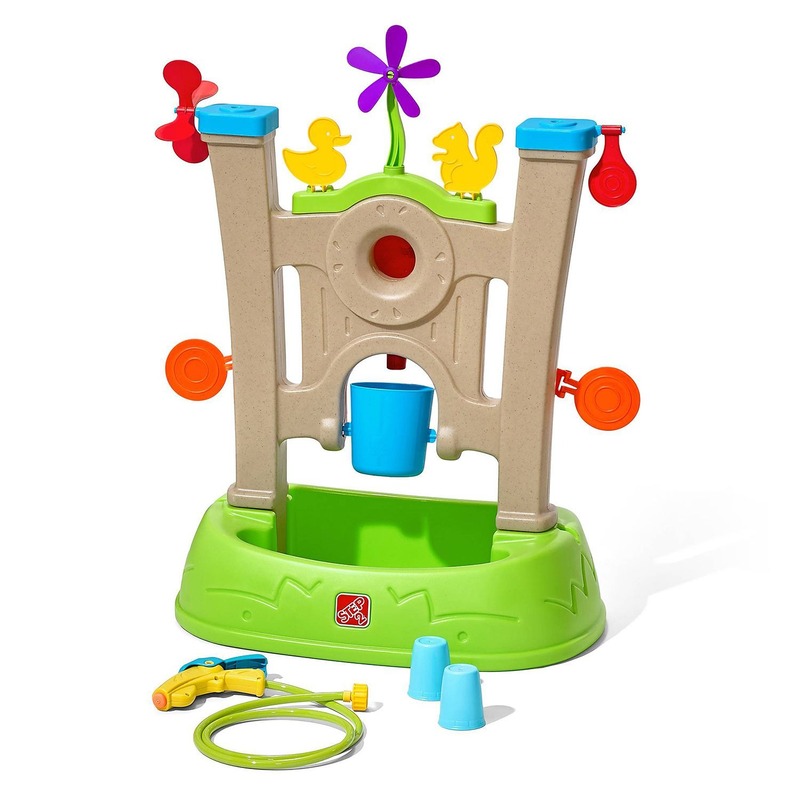
Maintenance and Storage of Water Toys
Proper maintenance and storage of water toys is key to ensuring their longevity and safety. Here’s how to care for your water toys effectively:
- Clean Regularly: After each use, rinse toys with fresh water to remove chlorine, salt, or sand.
- Dry Thoroughly: Avoid mold and mildew by allowing toys to dry completely before storage.
- Check for Damage: Inspect toys for any tears or breaks. Repair or discard damaged items.
- Store Properly: Keep water toys in a cool, dry place away from direct sunlight. This helps prevent color fading and material degradation.
- Deflate When Necessary: For inflatable toys, deflate them and store flat to avoid air leaks. Also, this saves storage space.
- Organize Toys: Use bins or mesh bags to keep smaller items together and prevent loss.
- Follow Manufacturer Guidelines: Heed any specific care instructions provided by the toy manufacturer.
- Rotate Toys: Periodically rotate stored toys to ensure that all get used and inspected.
By implementing these simple yet effective strategies, you can maintain your water toys’ safety features, prevent accidents, and guarantee lots of fun for years to come.
Understanding Common Water Toy Injuries
While water toys add fun to splash time, accidents can occur. Being aware of common injuries helps prevent them. Here are the frequent injuries linked to water toy play:
- Cuts and Scrapes: These can happen if a toy breaks or has sharp edges.
- Bruises: Running into toys or collisions can cause bruises.
- Drowning Risks: Some toys might tip over, increasing the risk of drowning, especially for weak swimmers.
- Strains and Sprains: Overexertion or slips while playing can lead to muscle injuries.
- Infections: Poorly maintained toys can carry germs, potentially causing ear or skin infections.
Parents should always check water toys for safety before play. Also, teaching children safe play habits reduces the risk of injury. Remember, healthy play is happy play!
Tips for Safe Water Play Environments
Creating a safe water play environment is crucial when children are involved. Here are several tips to maintain a secure setting for water activities:
- Designate Play Areas: Clearly mark safe zones for water play. Make sure these areas are free from boat traffic, fishing lines, or dangerous underwater drops.
- Check Water Quality: Before allowing water play, verify that the water is free from pollutants and unsafe organisms.
- Anti-Slip Measures: Apply non-slip mats around pool areas to prevent falls and injuries.
- Regular Water Tests: In a pool setting, test the water regularly to ensure it has the correct levels of chemicals, keeping it clean and safe from harmful bacteria.
- Provide Shade: Install umbrellas or canopies to protect children from overexposure to the sun.
- Clear Signage: Put up signs for water depth, no-diving zones, and any other specific hazards present in the play area.
- First Aid Ready: Always have a first aid kit on hand for minor accidents.
- Enforce Water Rules: No running, diving in shallow water, or rough play should be steadfast rules to minimize accident risks.
Remember, the best way to ensure safe water play is through active involvement and adherence to safety protocols. Keep these tips in mind as you prepare for fun, splash-filled activities with your water toys.
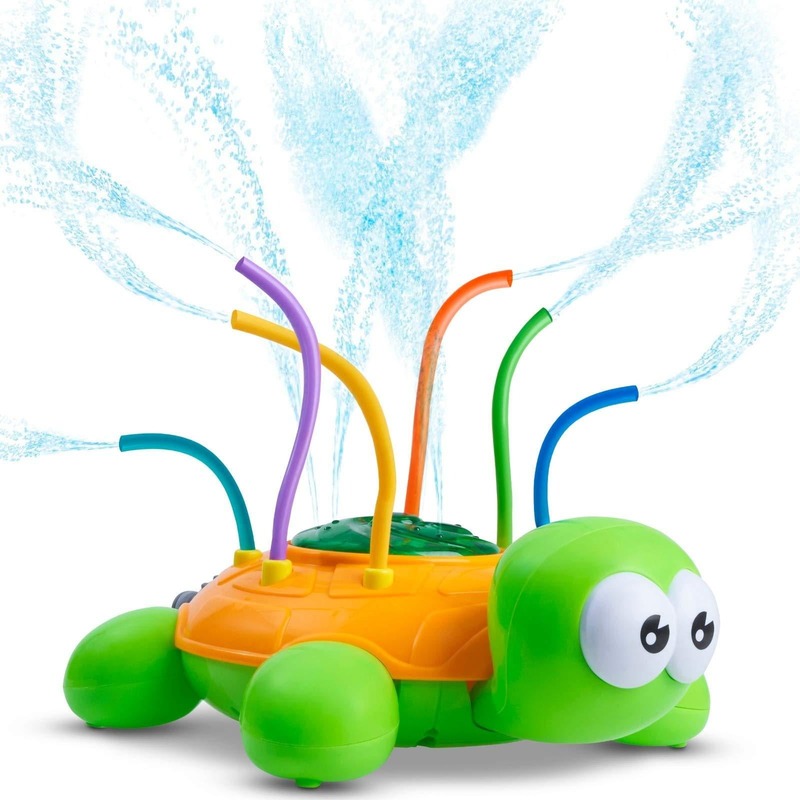
Educating Children on Water Toy Safety
Teaching kids about water toy safety is critical for preventing injuries. It’s not just about setting rules; it involves making safety lessons an ongoing conversation. You can make learning fun and memorable for them. Here are effective ways to educate your young ones on the safe use of water toys:
- Start with the Basics: Explain what safety means in a way they understand. Use simple terms to talk about how water toys can be both fun and harmful if not used correctly.
- Role Play: Act out scenarios with your children where they learn to recognize safe and unsafe practices. This can include teaching them what to do if their toy drifts away or if they see someone else in danger.
- Use Teachable Moments: If you see someone using a water toy unsafely, discuss what they could have done differently.
- Safety Drills: Practice drills where children must show they can use water toys safely. For example, have them demonstrate how to hold onto a floatation device properly.
- Make It a Game: Create a game where points are awarded for following safety rules. This can motivate children to pay attention to safety guidelines.
- Incorporate Stories: Read books or share stories about water safety. Children often learn better from stories that contain a meaningful message.
- Reward Good Behavior: Compliment and reward children when they follow safety rules. Positive reinforcement can encourage them to always play safely.
Remember, repetition is key. Keep going over safety tips regularly so they become second nature for your children. By educating them early on, you foster a lifetime of safe practices during water play with their favorite water toys.
